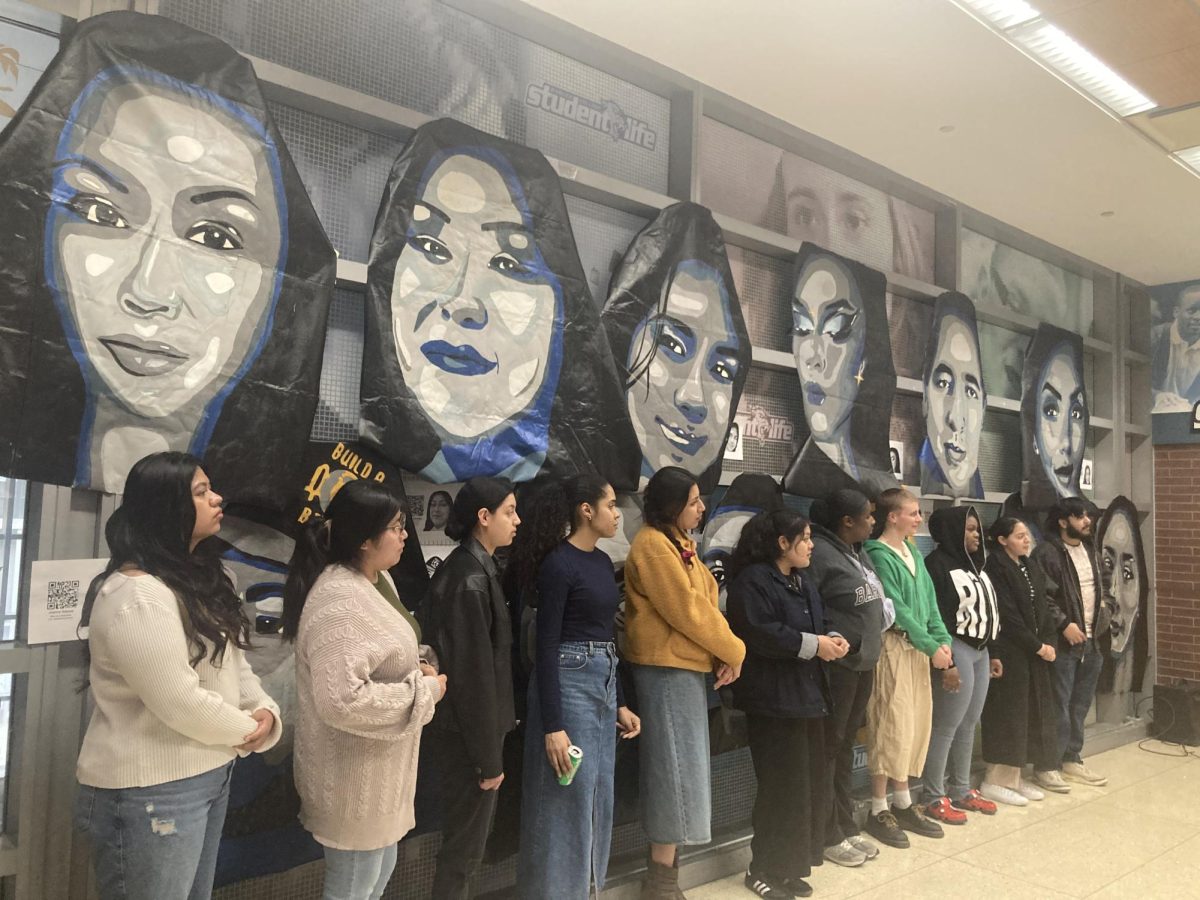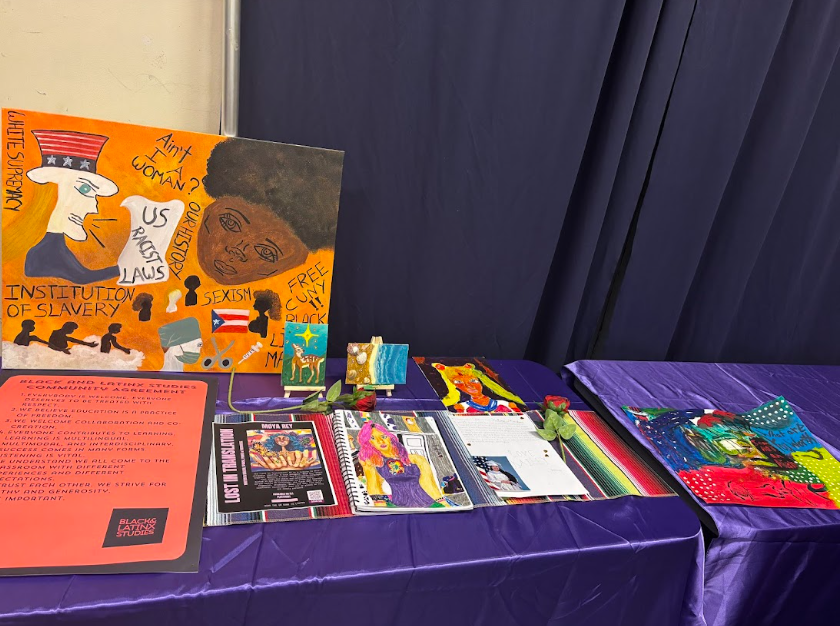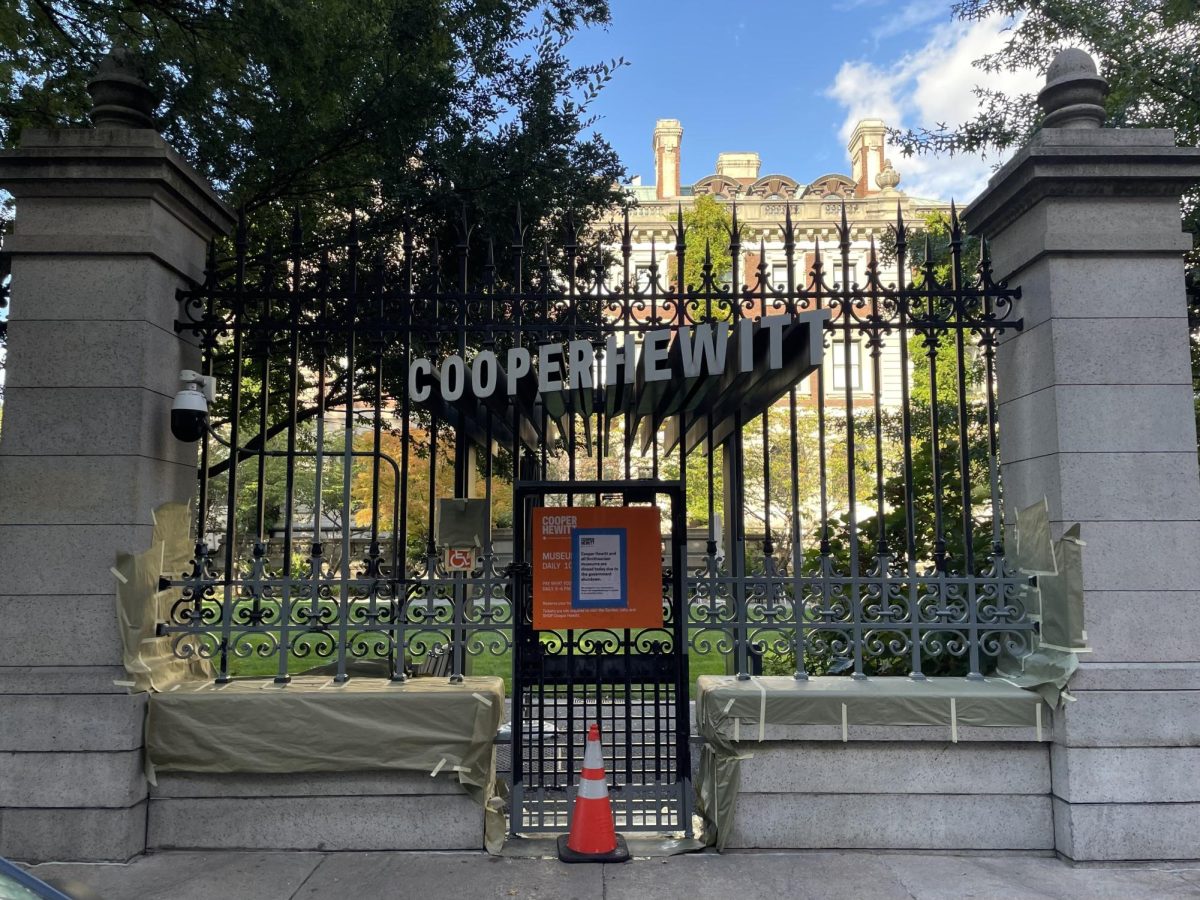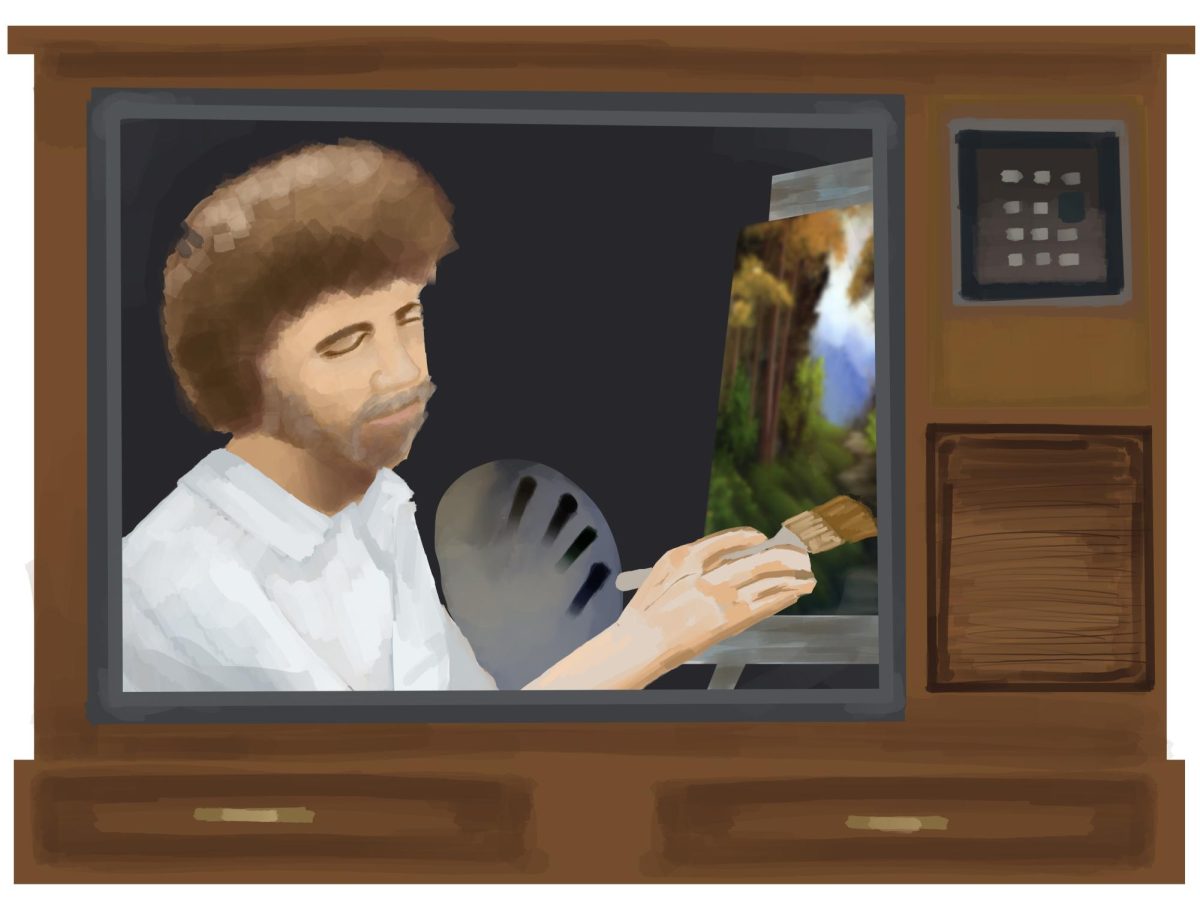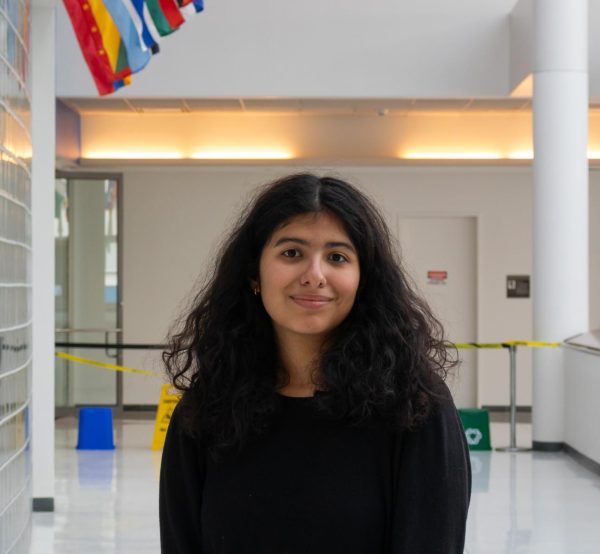Black and Latino Studies assistant professor Lizbeth De La Cruz Santana and Baruch College students unveiled “El Paso Del Norte,” a mural project depicting 13 immigrants deported by U.S. border patrol on April 10. The initial showcase consisted of an introduction by Santana and students from her Latinx Communities in the U.S. and U.S. Mexican Border classes.
De La Cruz Santana and a nonprofit organization carried the portraits across the Paso Del Norte Bridge and installed the mural in Ciudad Juárez on May 2.
“When I started this project, I didn’t recognize how many of these stories and the people who are part of it are linked to Ciudad Juárez” De La Cruz Santana said. “So many of them were reported directly to that border.”
The portraits contain numerous narratives that depict contemporary immigration and include the stories of deported children, transgender migrants and other asylum seekers. Over the course of three weeks, the Black and Latino Studies department was converted into a temporary studio and held 11 painting sessions.
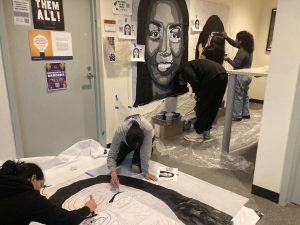
Violet Garcia, a public affairs major, volunteered at one of the sessions.
“It was very interesting and fun to learn about everybody’s stories,” she said in an interview with The Ticker. “You know, when we hear about stories about confrontation, you mainly hear about these stories in terms of statistics, but being a part of this project really made me realize that these people have lives and experiences, they’re not just a statistic.”
She resonated with the story of Ana Garcia, who was brought to the U.S. as a child. Although she grew up in the U.S., her immigrant status led her to be deported in 2018 for her criminal record, and was separated from her five children.
Some canvases were hung up on the walls, others were on the floor for studios to sketch, outline, and shade the portraits with various shades of gray, black, white and blue. Reference photos were pinned alongside the canvases and included a QR code that led to the project’s website, which allowed students to read more about the subjects.
History major Brandon Cruz helped paint a portrait of Laura Meza, one of the only known female deported U.S. military veterans.
“These people could have been a part of the military, they could have been mothers, fathers,” Cruz said. “They’re really just people that we live with on a daily basis, civilians that have jobs and lives that have been deported, even though they may have committed like minor misdemeanors such as marijuana [possession] or missing a stoplight.”
De La Cruz Santana hopes the project will inspire awareness and empathy for immigration reform.
“In a world often defined by barriers, this project is a testament to the power of storytelling and art in weaving a conversation focused on deportation through migrant knowledge,” she said in a press release. “With the recent focus on new arrivals, the pernicious deportation crisis has escaped attention, leaving the stories of thousands of childhood arrivals and immigrants with exclusive ties to the U.S. unheard and unknown. Through digital storytelling, we are elevating the voices of those silenced by a system that has operated in the background for too long.”


